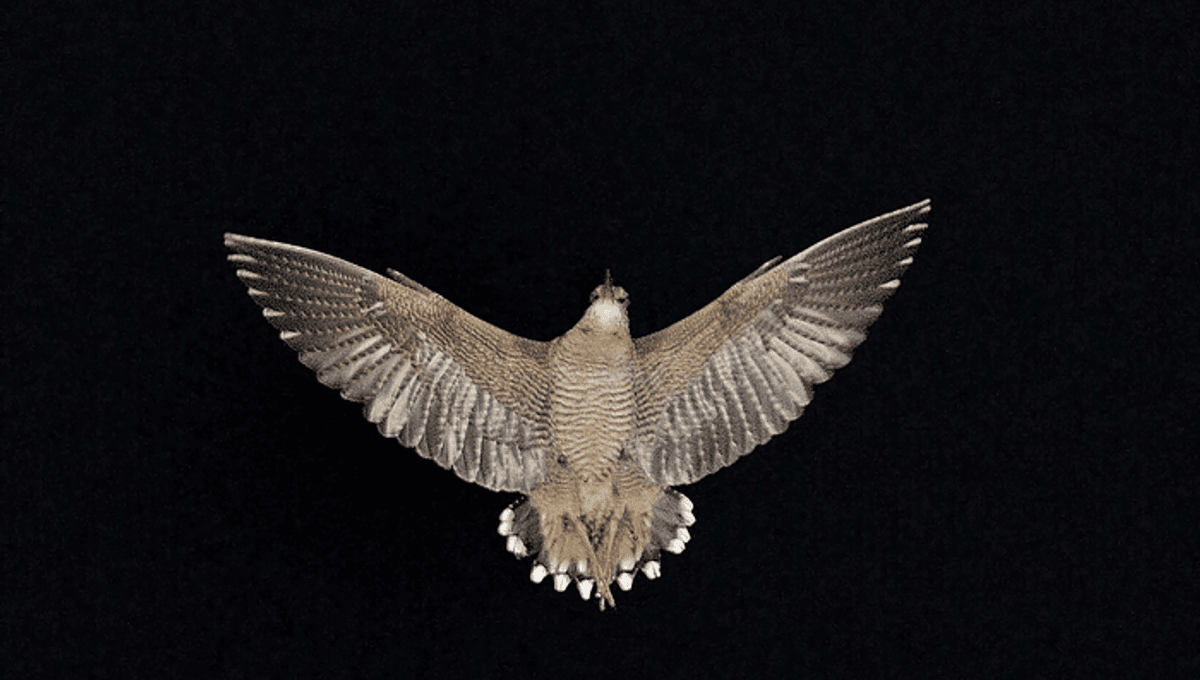
You’ve met the darkest bird ever discovered, now it’s time to meet the brightest – a brown woodcock has been discovered with white feathers that reflect 30 percent more light than any other bird known to mankind. The dazzling display is used to communicate in low light, allowing it to be seen in the darkest conditions.
The feathers may give scientists new insights into poorly understood birds that are mainly active during the evening and night.
While birds that are active during the day have bright, colorful plumages that most of us know and love – think peacocks and birds-of-paradise – night birds often forgo the colors for a more muted appearance. As a result, scientists believed that they communicated with sounds and chemicals as opposed to bright displays. Some night birds do, however, have white patches over their bodies that they can use to show off, but nothing has ever been discovered quite like this.
“Bird enthusiasts have long known that woodcocks have these intense white patches, but just how white they are and how they function has remained a mystery,” said lead researcher Jamie Dunning, of the Department of Life Sciences at Imperial College London, in a statement.
“From an ecological perspective the intensity of the reflectance from these feathers makes sense – they need to hoover up all the light available in a very dimly lit environment, under the woodland canopy at night.”
The Eurasian woodcock, Scolopax rusticola, takes this to the next level. At first glance, this bird is not particularly impressive – it has brown mottled feathers covering most of its body, save for some white feathers at the end of its tail.
Looking closely at those white feathers in a new study, Dunning and their team used a specialized microscopy and a technique called spectrophotometry to analyze the reflectivity of these feathers. They found that the feathers reflected 55 percent of light, which is around 30 percent more than any other feather known in nature.
The feathers have an intricate structure that is thicker and flatter than in other birds, reflecting more light and stopping it from passing through, while also containing a network of fibers that scatter light to an impressive degree. Not only this, but the feathers create a venetian blind effect to have a higher surface area, further increasing the reflective surface.
Together, these microscopic mechanisms make for a striking image in low light, with the dark tail surrounded by bright flashes. It also makes the Eurasian woodcock the brightest bird on the planet – or at least of those known to science.
The study was published in the Journal of The Royal Society Interface.
Source Link: Stunning Woodcock Is Now The Brightest Bird Known To Science